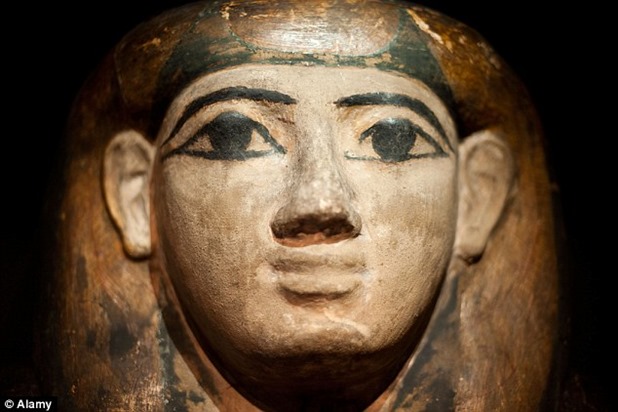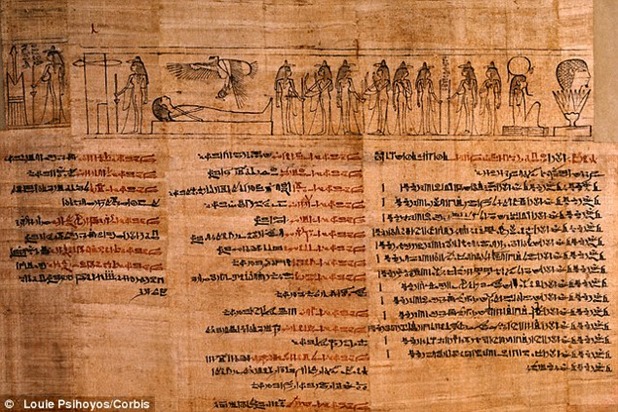Sven Longshanks
Daily Stormer
January 21, 2015

A fragment from the Gospel of Mark believed to have been written during the first century AD is about to be published.
It was written in Greek and was found in Egypt, as such it is a valuable part of European heritage, for Christian and non-Christian alike.
This adds to the proof that the gospels date right back to the time they were said to have been written in.

A text that may be the oldest copy of a gospel known to exist — a fragment of the Gospel of Mark that was written during the first century, before the year 90 — is set to be published.
At present, the oldest surviving copies of the gospel texts date to the second century (the years 101 to 200).
This first-century gospel fragment was written on a sheet of papyrus that was later reused to create a mask that was worn by a mummy. Although the mummies of Egyptian pharaohs wore masks made of gold, ordinary people had to settle for masks made out of papyrus (or linen), paint and glue. Given how expensive papyrus was, people often had to reuse sheets that already had writing on them.
In recent years scientists have developed a technique that allows the glue of mummy masks to be undone without harming the ink on the paper. The text on the sheets can then be read.
The first-century gospel is one of hundreds of new texts that a team of about three-dozen scientists and scholars is working to uncover, and analyze, by using this technique of ungluing the masks, said Craig Evans, a professor of New Testament studies at Acadia Divinity College in Wolfville, Nova Scotia.
“We’re recovering ancient documents from the first, second and third centuries. Not just Christian documents, not just biblical documents, but classical Greek texts, business papers, various mundane papers, personal letters,” Evans told Live Science. The documents include philosophical texts and copies of stories by the Greek poet Homer. [See Images of Early Christian Inscriptions and Artifacts]
The business and personal letters sometimes have dates on them, he said. When the glue was dissolved, the researchers dated the first-century gospel in part by analyzing the other documents found in the same mask.
One drawback to the process is that the mummy mask is destroyed, and so scholars in the field are debating whether that particular method should be used to reveal the texts they contain.
But Evans emphasized that the masks that are being destroyed to reveal the new texts are not high quality ones that would be displayed in a museum. Some are not masks at all but are simply pieces of cartonnage.
Evans told Live Science, “We’re not talking about the destruction of any museum-quality piece.”
The technique is bringing many new texts to light, Evans noted. “From a single mask, it’s not strange to recover a couple dozen or even more” new texts, he told Live Science. “We’re going to end up with many hundreds of papyri when the work is done, if not thousands.”
